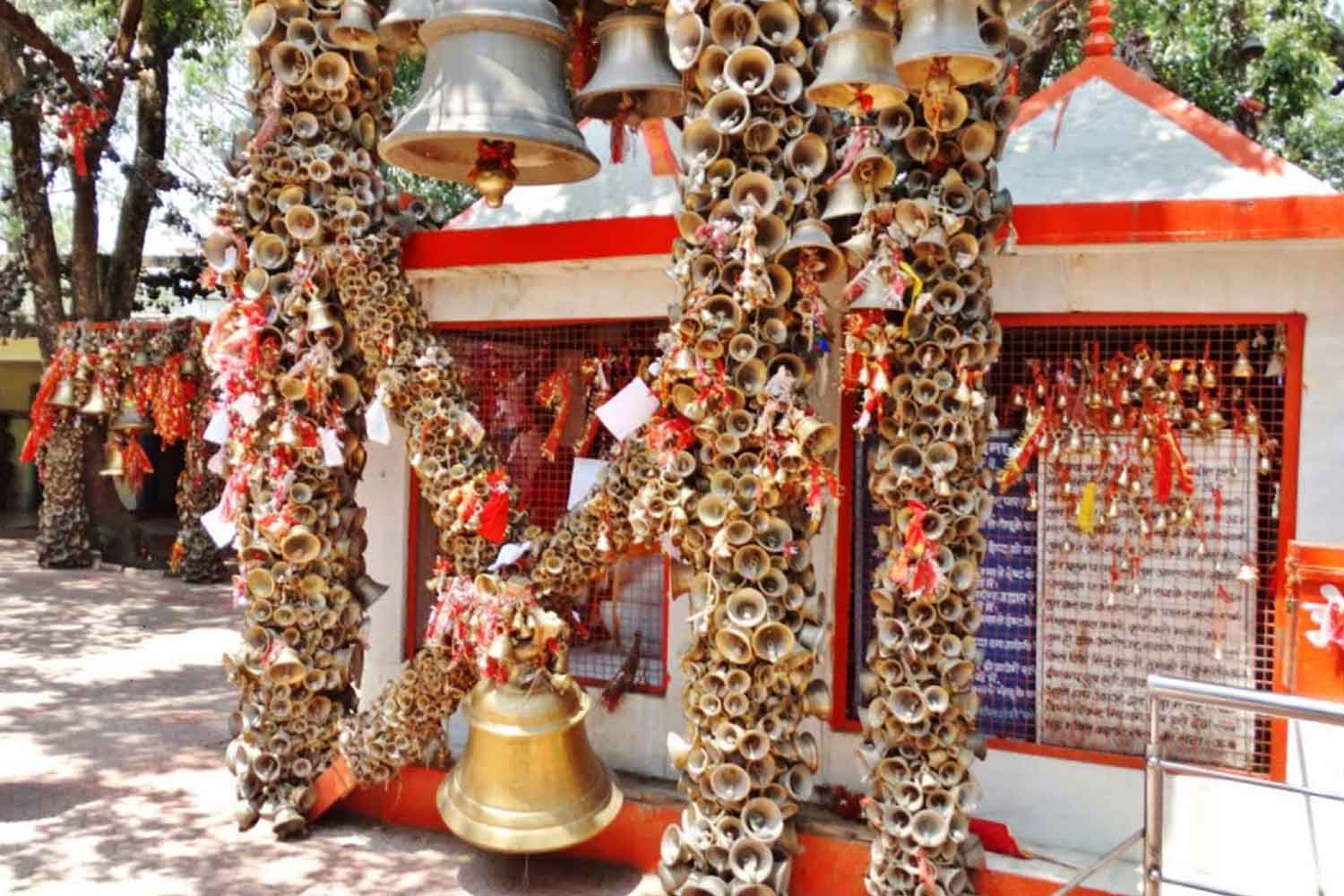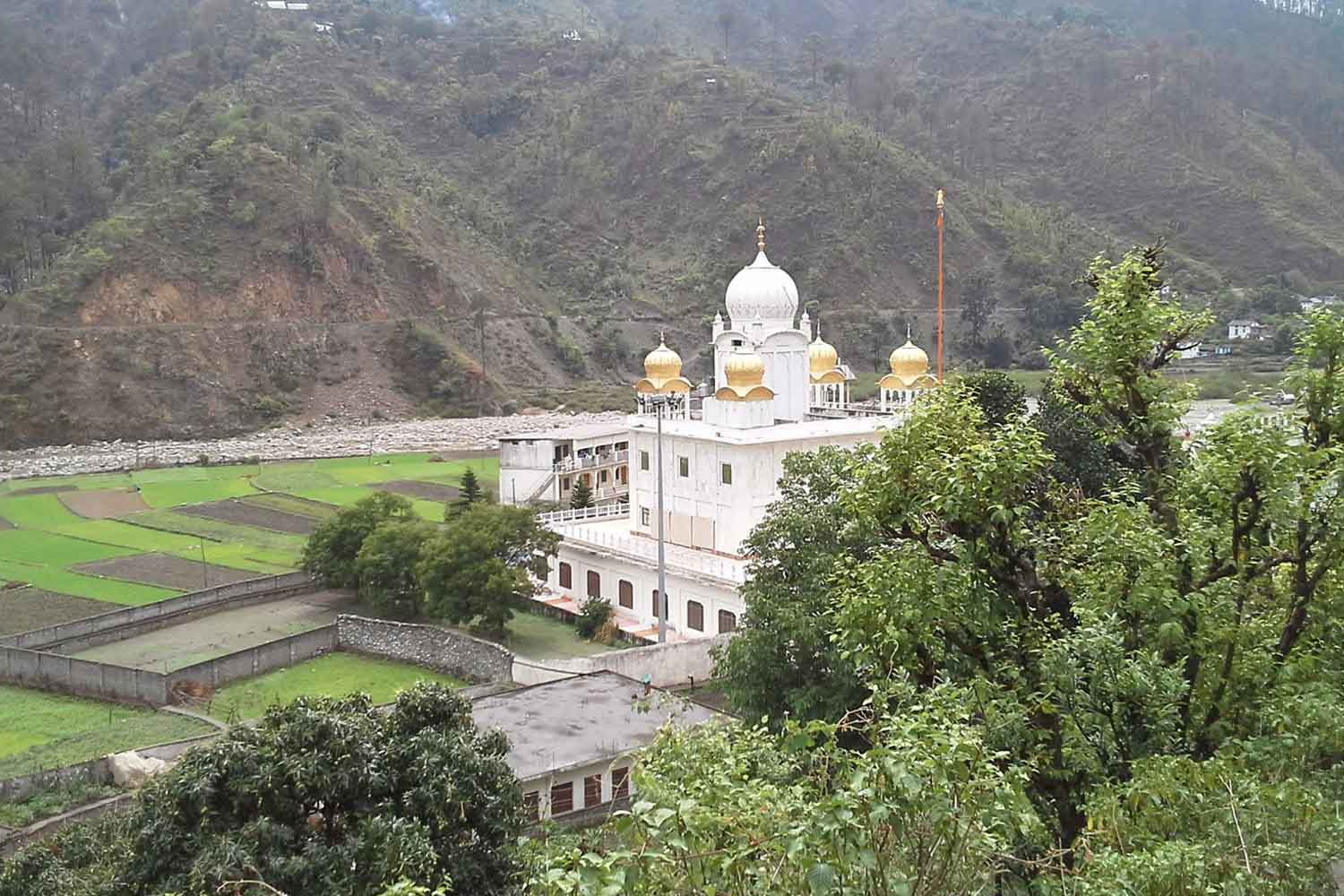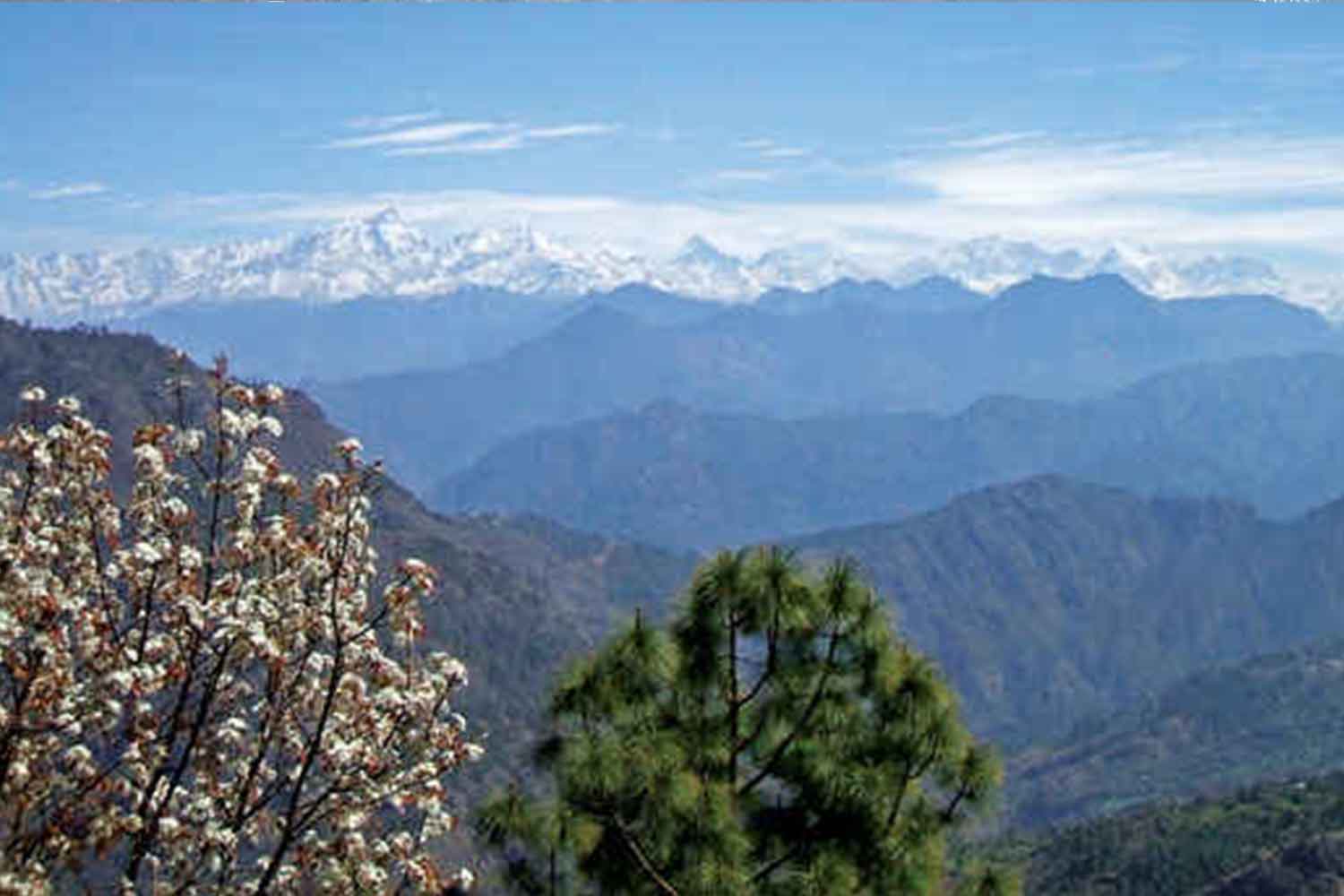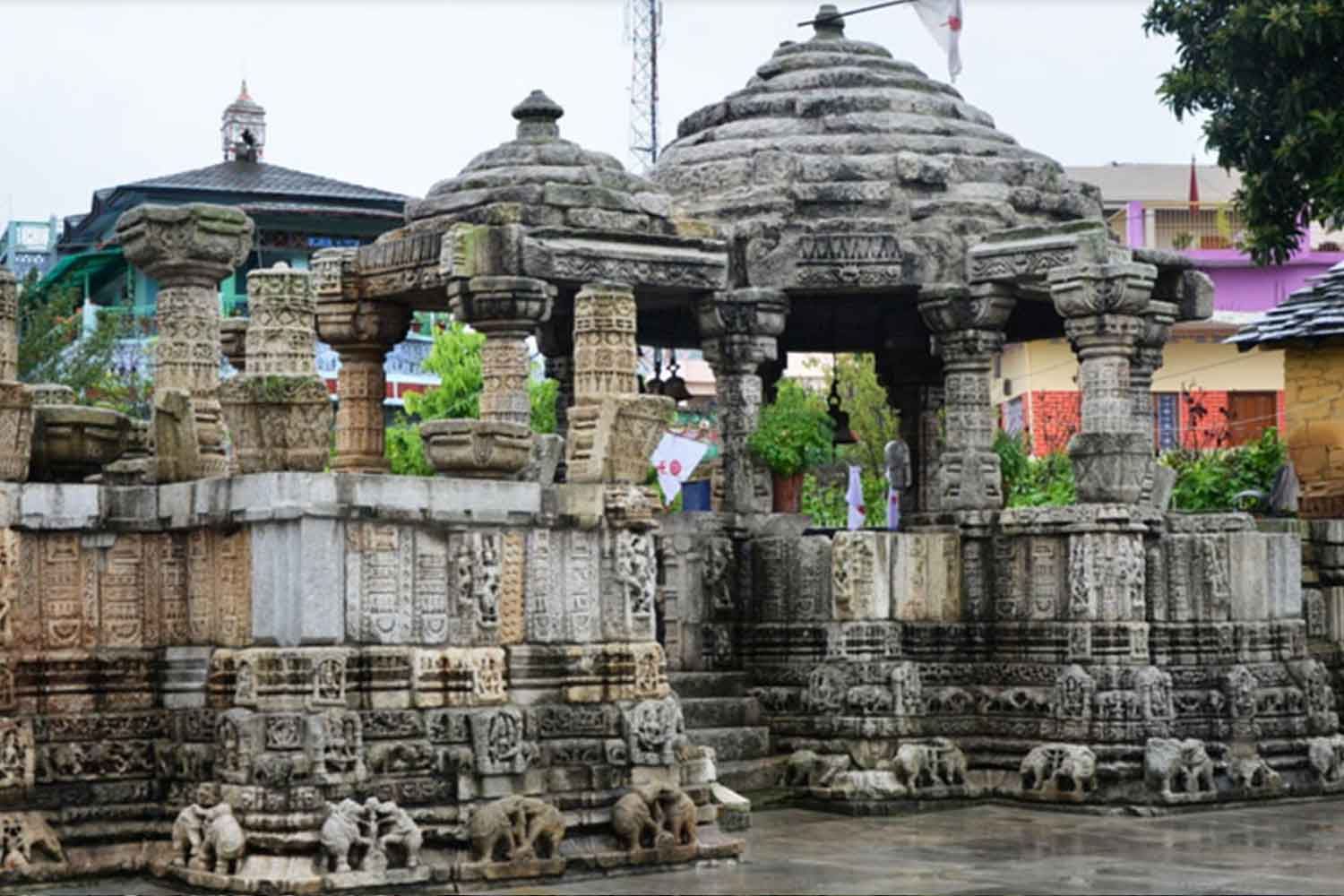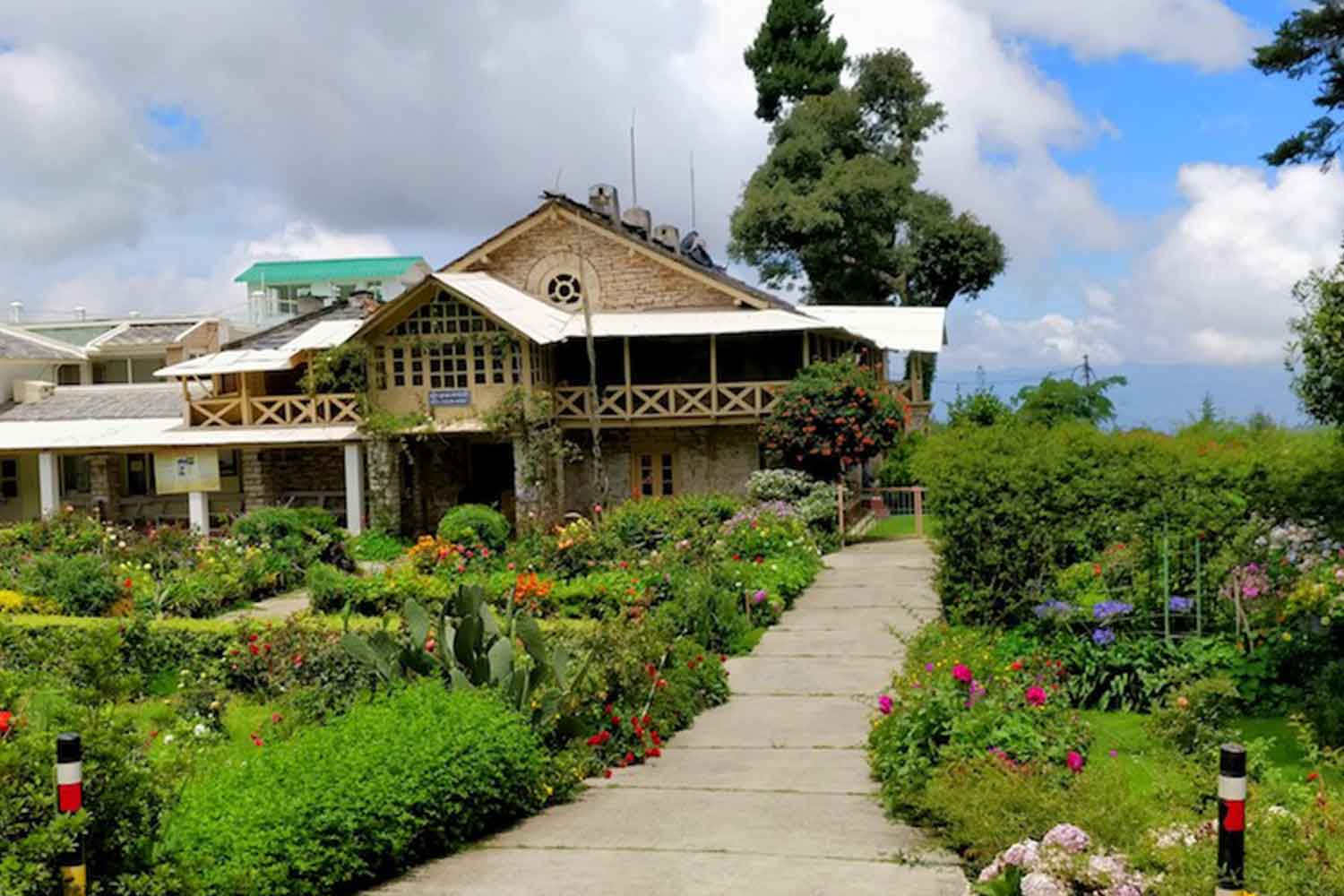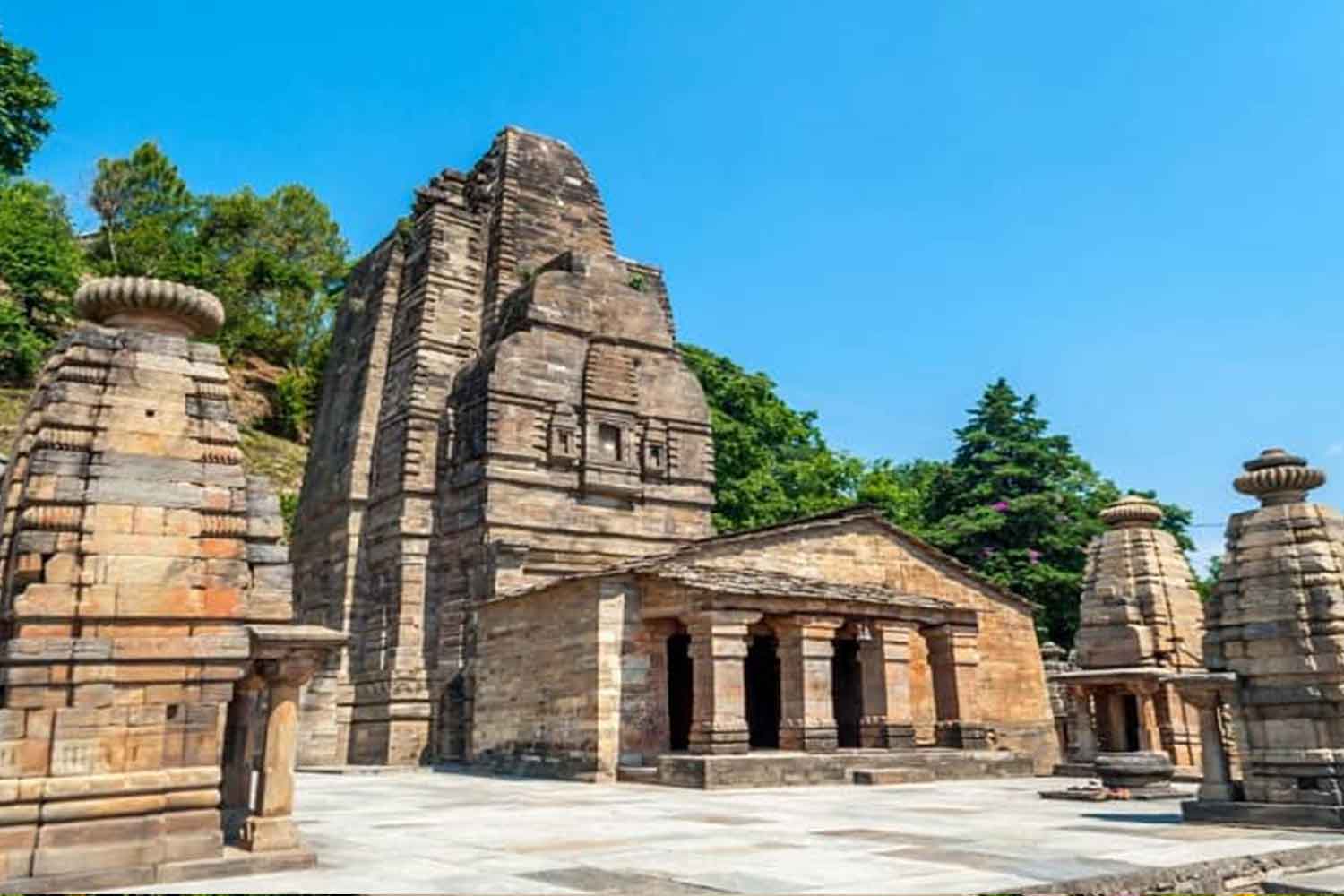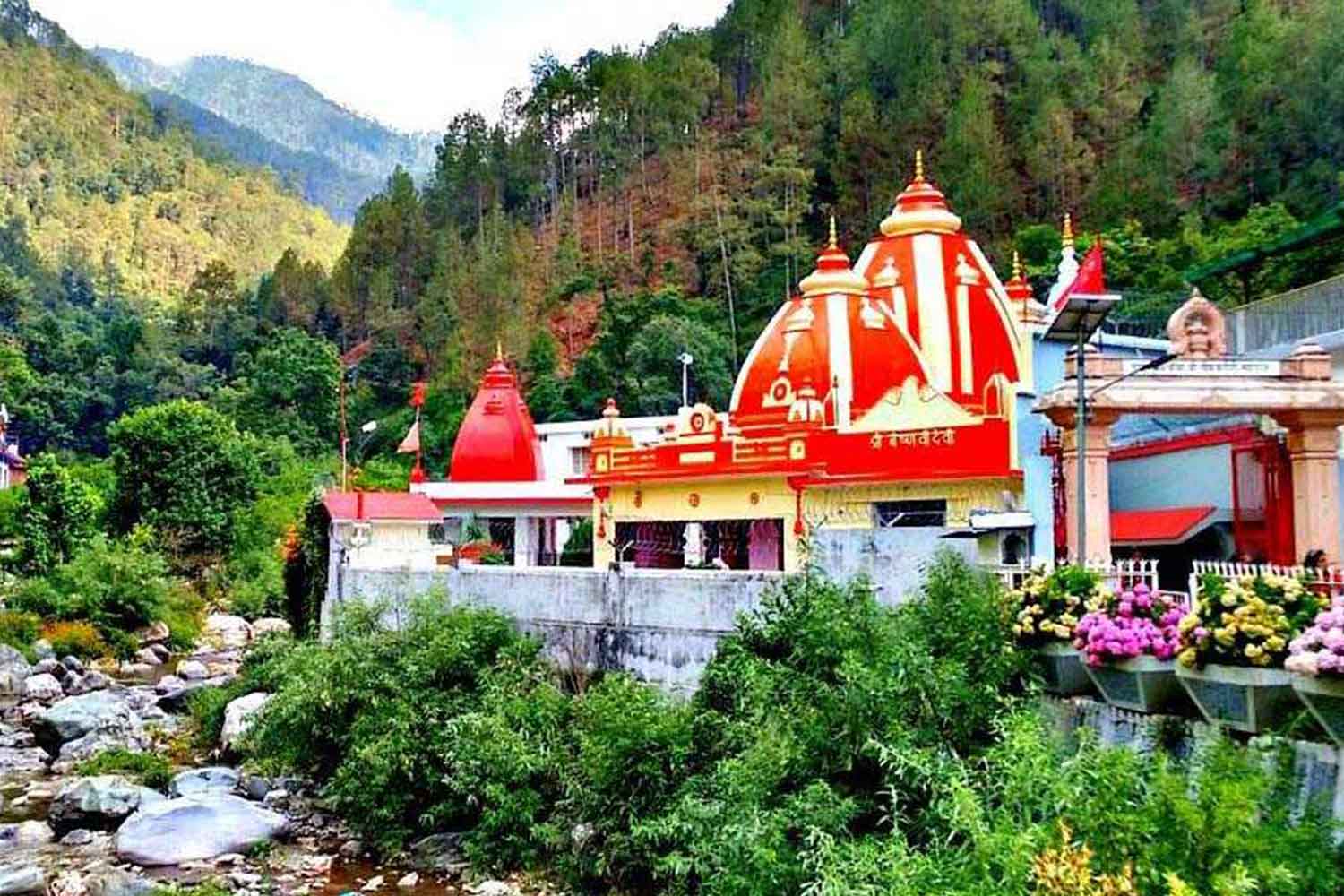Overview
Himalaya has always been the abode of the Gods.
The Vedas and Upanishads tell us fascinating stories about gods and demons that dwelt here. Ancient literature refers to this region as Badrikashram, Himavat, Tapobhoomi, Devabhoomi and Kedarkhand. Every cave, rivulet, brook, and valley is associated with the memory of a sage or saint and fascinating legends.
Here, where the individual merges with the microcosm called Chardham.
Uttrakhand, long called Devbhoomi belong to some of the holiest Hindu shrines for more than a thousand years; pilgrims have been visiting the region with the hopes of salvation and purification from sin. Gangotri and Yamunotri, the sources of both the Ganga and Yamuna, are found in the upper reaches of the state and together with Badrinath (dedicated to Vishnu) and Kedarnath (dedicated to Shiva) these all are known as Chardham of Uttarakhand, is one of the Hinduism most spiritually auspicious pilgrimage circuits.
More than a hundred years ago in 1891, Swami Vivekananda wandered in these hills as a pilgrim.
Perched at an altitude of 1870 meters (6135 feet) sits, as though frozen in time, the Hindu pilgrimage of Jageshwar. Legend has it that Lord Shiva would come down from his abode and meditate here, submerged and undisturbed within the confines of the thick Deodar forest. Jageshwar consists of a cluster of 124 exquisitely put together stone carved temples dating from between the 9th and the 13th Century.
It is believed that when Shiva would meditate, all the women of the villages surrounding the area would flock up to see this ‘handsome’ youth in a trance. This infuriated the jealous men but by the time they went to see for themselves, Shiva had taken the form of a child. The main temple is still famous as Bal Jageshwar – Child Shiva.
Just 3 km above Jageshwar is the beautiful temple of Vridha Jageshwar – Old Shiva. This was the abode of Shiva before he came down to Jageshwar to meditate.
Jageshwar is located in the narrow Jat Ganga river valley and the two streams of Nandini and Surabhi slide slowly down the hills, converging near the sacred spots of the temple complex. Though now completely off the beaten track, many years ago, Jageshwar was a pilgrim halt en route to the famous Kailas –Mansarovar pilgrimage in China.
The entire countryside around the area is dotted with caves, each one with its own story. The most famous amongst these is the Airavat Cave and the Pataal Bhuvaneshwar caves, in case you are feeling adventurous.
Jageshwar…….Has not changed in 1000 years……take your time!

Meals: Dinner
Accommodation: Tag Resort Lavanya or similar
The train reaches Kathgodam at 1155 hours from Delhi, Anand Vihar Terminal. Or you may arrive at 0600 hours by overnight trains that come from various destinations. Or you can travel by road from Delhi to Sattal.
Arrive at Sattal and check in at the hotel. Later you will visit Ghorakhal Temple with your guide.
About Ghorakhal Temple: This temple is dedicated to Golu Devta. The word Ghorakhal means "a pond for water to horses". Devotees come here in multitude and make wishes which once get fulfilled then, devotees offer bells here as their gratitude. Thus one can see here thousands of bells hanging in the temple premises. Golu Devta are said to be the "God of Justice".
Overnight stay.

Meals: Breakfast, Lunch, Dinner
Accommodation: Abbott Mount
Drive to Abbott Mount via Danachuli and Devidhura (6 hours). We will make a stop at Ritha Sahib to visit this historic Sikh Gurudwara en route.
About Ritha Sahib: Here, Guru Nanak met with the Nath Yogis whom he tried to bring to the path of active humanitarian service and to the path of loving remembrance of God`s Name. The story is not mentioned in janam sdkhis, but a strong tradition has grown that here Guru Nanak miraculously made the normally bitter fruit of a soapnut tree sweet for Bhai Mardana to feed on. A soapnut tree (not the original one) is still there and pilgrims receive sweet soapnuts as prasad.
The historic hamlet of Abbott Mount is situated at an altitude of about 7,000 ft above sea level in the eastern part of the Kumaon Hills near the small town of Lohaghat in Champavat District. Abbott Mount was founded by and named after Mr. John Harold Abbott of Jhansi. An English businessman who wanted to start a hill station for the European community at the turn of the 20th century. Unlike many Indian hill stations, Abbott Mount has changed little since its inception. There are only thirteen secluded cottages spread over this private hill. There is a picturesque church set amidst the forest and an ancient cricket pitch with an unsurpassed view of the mountains.
Overnight stay

Meals: Breakfast, Lunch and Dinner
Accommodation: Abbott Mount
Today we will visit Baleshwer Temple and Mayawati Ashram.
About Baleshwer Temple and Mayawati Ashram:
Amidst the main city of Champawat is the historical "Baleshwar Temple". Built by the rulers of the Chand Dynasty, the Baleshwar Temple is a marvelous symbol of stone carving. There isn't any historical manuscript that dates the Baleshwar temple, however, it is believed to be built between 10 - 12 century A.D.
Mayawati Ashram is also known as the Advaita Ashram. It was during the third visit of Swami Vivekananda to Almora in 1898 that he decided to shift the publication office of 'Prabuddha Bharat' to Mayawati from Madras. A small museum and library are also there in the ashram.
Overnight stay

Meals: Breakfast, Lunch and Dinner
Accommodation: Chestnut Grove
Today our journey becomes very interesting as we head towards Patal Bhubaneshwar before reaching Vijaypur.
About Patal Bhubaneshwar: Patal Bhuvaneshwar is one of the most mysterious and spiritual places of Uttarakhand. This hidden pilgrimage situated at 1,350mts above sea level is mainly dedicated to Lord Shiva. Patal Bhuvaneshwar is a limestone cave situated 13 km from Gangolighat in Pithoragarh district of Uttarakhand state. The way to the cave goes through a long and narrow tunnel. Other than Lord Shiva the forms of Sheshnag, Kal Bhiarav, Ganesha, and several other gods can be seen in Patal Bhuvaneshwar. It is believed that the cave is the abode of 33 crore Gods and Goddesses.
After visiting these caves, proceed to Vijaypur for an overnight stay.

Meals: Breakfast, Lunch and Dinner
Accommodation: Chevron Eco Lodge
Our drive in the Himalayas begins to be more productive than ever as we visit Tripura Devi Temple, Nag Temples and Baghnath Temple.
About Baghnath Temple: Bageshwar got its name from an ancient temple of Lord Shiva situated in the heart of the town. According to myths and legends, sage Markandey was visited by Lord Shiva in the disguise of a tiger. This sacred shrine was built by the rulers of Chand Dynasty in 1602 A.D. A fair is held every year on the auspicious day of Shivratri. This sacred temple is visited by thousands of devotees every month, throughout the year, and especially during the period of ‘Shravan’. Bagnath temple holds the idols made from the 7th to 16th century.
Overnight stay.

Meals: Breakfast, Lunch and Dinner
Accommodation: Chevron Eco Lodge
Today we will visit Baijnath Temple.
About Baijnath Temple: Below Kausani, in the Garur valley of Katyur, is the famous temple complex at Baijnath. The temple which is reflected in the river Gomti, is remarkable from the sculptural and cultural point of view. The Baijnath Temple is the seat of Baidyanath Shiva, the most prominent among the twelve Jyotirlingas. The campus houses sixteen more temples. 8 km from Baijnath on this road is the famous Kot Ki Mai temple.
Overnight stay.

Meals: Breakfast, Lunch and Dinner
Accommodation: Van Serai
We drive to the highly sought-after destination, Jageshwar calling Almora on the way to visit Katarmal Temple.
About Katarmal Temple: The Katarmal Sun Temple is a monument of historical importance and also is an example of intricate sculpturing. The first rays of the sun fall straight on this Sun Temple. The main deity of the Sun temple in Katarmal is called Burhadita or Vraddhaditya (the old Sun God). The idols of Shiva-Parvati and Lakshmi-Narayana are also found in this temple. Katarmal Sun Temple complex has one main temple, surrounded by 45 smaller shrines and exquisitely carved temples surrounding it.
The Katarmal Sun temple, noted for its magnificent architecture, artistically made stone and metallic sculptures and beautifully carved pillars and wooden doors, the image of Surya in the temple dates back to the 12th century. The Katarmal Sun temple has a unique architectural style and the images carved on the walls are very intricately done. Though amidst ruins, it still stands as a major point of attraction in the region and many devotees visit here to offer prayer to the Sun God.
Overnight stay in Van Serai, a very charming lodge with local architectural sensibilities.

Meals: Breakfast, Lunch and Dinner
Accommodation: Van Serai
Today we will visit Dandeshwar, Vridh Jageshwar, and Jageshwar Temples.
About Dandeshwar, Vridh Jageshwar, and Jageshwar Temples: The spiritual hamlet of Jageshwar is where you can explore its ancient 8-12th century Shiva temples. Counted among the 12 Jyotirlingas in the country, Jageshwar lies in a beautiful narrow valley hedged by monarch-sized, ancient deodars.
With exquisite ancient temple ruins, beautiful Himalayan vistas, gurgling stream nearby, Jageshwar offers a spiritual retreat. With morning Yoga sessions you can choose to soak in the spiritual energy of this holy area or go for hikes in the surrounding woods. A picnic on the cool riverside is also a very enticing option.
Visit Vridha Jageshwar in the morning, it is a 3 Km trek and is the source of the river Jata Ganga. The view of the surrounding countryside is very imposing and 1.5 km beyond Hiriya Shikhar (2200 m), the view of the Himalayan peaks is awe-inspiring.
Overnight stay in Van Serai.

Meals: Breakfast, Lunch and Dinner
Accommodation: Jungle Lore Birding Lodge
Our drive to Pangot is interesting as we visit Neem Kirori and Naina Devi Temples en route. Stop en route at Nainital to explore the city and shopping. The entire drive is through the delightful lake city of Nainital and through the forested area of Cheena Peak Range via Snow View Point and Kilbury, the main habitats for excellent flora and fauna.
About Neem Kirori and Naina Devi Temples:
Founded by the famous Maharaj Neem Karoli Baba in 1962, the temple is very well maintained and kept neat and clean. The concept of this place came into existence in 1942 when Maharaj Neem Karoli along with Shri Poornanand of the Kainchi Village proposed building an Ashram here dedicated to Sombari Maharaj and Sadhu Premi Baba who used to perform yagnas in this very place. Later in 1962, their dream materialized and the forest from this area was cleared and a rectangular platform was constructed. After due permission from the Forest Conservator, Maharaj Ji acquired the lease of this land and constructed a Temple devoted to Lord Hanuman over that rectangular platform, and adjacent to it is the Kainchi Temple and an Ashram built for devotees.
The Hanuman temple was built over the platform mentioned above. His devotees started coming from different places and a chain of bhandaras, kirtans, and bhajans started. The Pran-Pratishtha of idols of Hanumanji and others was performed on 15th June in different years. Thus, 15th June is celebrated every year as Pratishtha Divas when a large number of devotees come to Kainchi and get Prasad. The number of devotees and the associated vehicular traffic is so large that the district administration has to make special arrangements to regulate the same. Accordingly, some changes have been made in the whole complex so that people do not face any difficulty in movement.
The word Naina is synonymous with Sati's eyes. Since then, devotees started visiting this temple. Once the devotee reaches the hilltop, prasad can be bought from any of the various shops or it can also be one's own offerings from home. After crossing the main gate, there is a big Peepal tree on the left side. On the right side of the temple, there are idols of Lord Hanuman and Ganesha. After reaching the main entrance of the temple, there are two statues of lions. Inside the temple, devotees have darshan of three deities. On the extreme left is Mata Kali Devi, the center representing two Netras or eyes is Maa Naina Devi, and to the right side is the idol of Lord Ganesh. Though the temple is named after Naina Devi (another name for Sati), the biggest social occasion here is the festival held in honor of Nanda Devi.
Overnight at the quaint and idyllic Jungle Lore Birding Lodge.

Meals: Breakfast
Accommodation: None
After breakfast, check out from the hotel and drive to Kathgodam station to take the train back to Delhi or you can travel by road from Pangot to Delhi.
Tour Ends
Highlights
- Ancient Temple Architecture
- Spirituality and serenity
- Yoga and Meditation
- Himalayan views and journeys
- Vegetarian Indian meals
- Cooking lessons
- A peep into the Kumaoni culture
- Boutique, vernacular lodges set in off-beat rural hills
- Scenic walks through rural Himalayan villages and forests
Included
- Accommodation for 01 night at Sattal Accommodation for 02 nights at Abbott Mount
- Accommodation for 01 night at Vijaypur Accommodation for 02 nights at Kausani
- Accommodation for 02 nights at Jageshwar Accommodation for 01 night at Pangot
- Meals as per the itinerary Visits to the shrines as per the itinerary
- All surface transfers by a private vehicle All applicable taxes
Video
Location
Stories
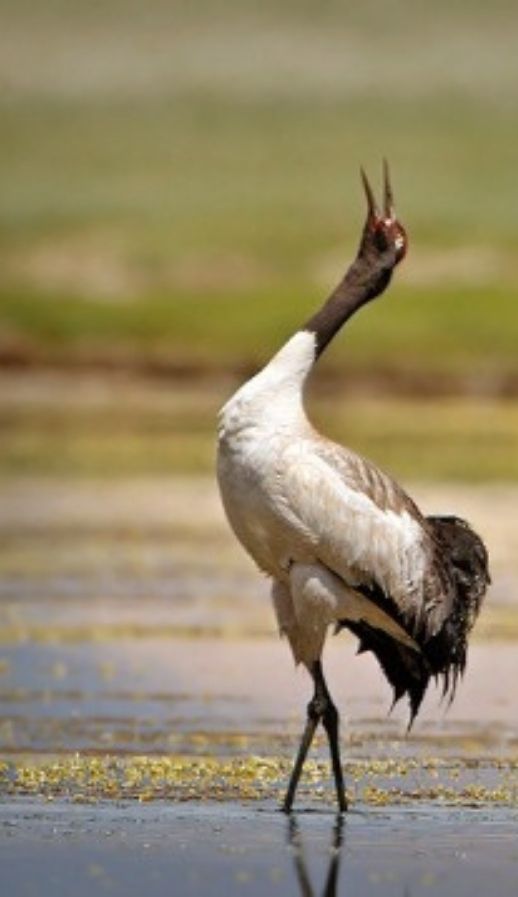
Ladakh
North India, the land of Ladakh, looks as though it was made for birdwatching and photography.

Gir National Park Gujarat
Sometimes it is not just the species spotted but also the amazing moments. Some of our guests had the unique opportunity to witness the mating of Asiatic Lions in the Gir Forest, truly a special moment.

Delhi
Surajpur is an amazing wetland close to the nation’s capital. Apart from being one of the monsoon homes for the Bristled Grassbird, it is also home to another sought-after species: the Bengal Bush Lark.

Rajasthan
One advantage of living near the birding hotspot of Bharatpur is that you can see some amazing birds, like the graceful Sarus Crane, in your backyard during this lockdown


